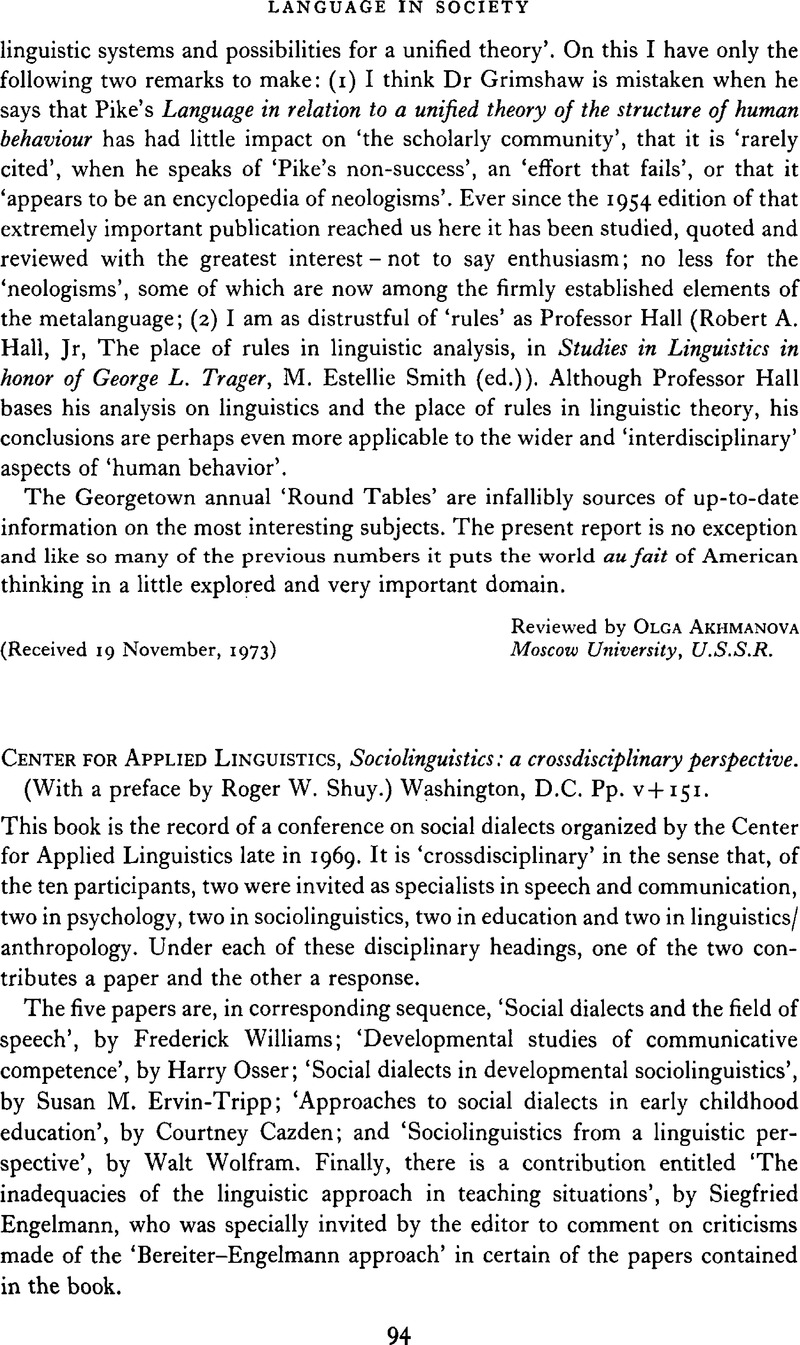Crossref Citations
This article has been cited by the following publications. This list is generated based on data provided by Crossref.
Coupland, Nikolas
1983.
Patterns of encounter management: Further arguments for discourse variables.
Language in Society,
Vol. 12,
Issue. 4,
p.
459.



